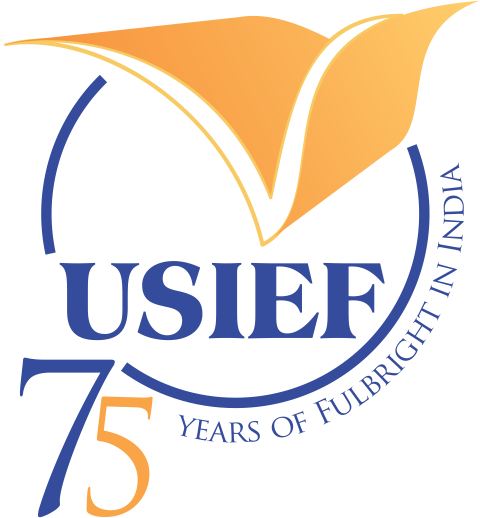Dr. Malvika Maheshwari is Associate Professor of Political Science at Ashoka University. She holds degrees in the discipline from Delhi University, Jawaharlal Nehru University, and she completed her doctorate from Sciences Po, Paris, in 2011. Prior to joining Ashoka, she taught South Asian politics at Sciences Po, Paris and Le Havre, and was a research associate at the Centre for Policy Research, New Delhi.
Dr. Maheshwari’s research lies at the intersection of political thought and art practice, especially as it relates to phenomena like violence, power, democracy, and state capacity. Her first book, Art Attacks: Violence and Offence-taking India, was published in 2019 (Oxford University Press) and her research articles have been published in reputed journals, such as India Review, Raisons Politiques, Studies in Indian Politics, Economic and Political Weekly and The Arts Politic. She is a recipient of the Charles Wallace India Trust (University of Cambridge) and the Jawaharlal Nehru Memorial Fund fellowships, among others.
As a Fulbright-Nehru Academic and Professional Excellence schloar, Dr. Maheshwari would be working on her second book project on the ‘National Akademies of Art and the Politics of Administering Aesthetics in Postcolonial India.’ In this project, she seeks to understand the political and intellectual origins, and the trajectory of the Sangeet Natak Akademi (SNA) for dance, music and theatre, Lalit Kala Akademi (LKA) for fine arts, and Sahitya Akademi (SA) for literature, established in mid-1950s. The research focuses on the institution’s history, its core principles, and internal contestations, and how its language, functioning and the ideological discourse supported interests of various state and central government policies, as much as shaping the complexities of the art world, and through it, ideas of citizenship and the public. Following a basic question–what did the Indian statesmen, particularly during the early years of India’s independence, want to do with the arts? –this work explores a critical sphere of state activity where art and politics coexist, compete but also in the process constitute one another, that is, in its role as an allocator: of resources, awards, buildings, legitimacy, among other things.

